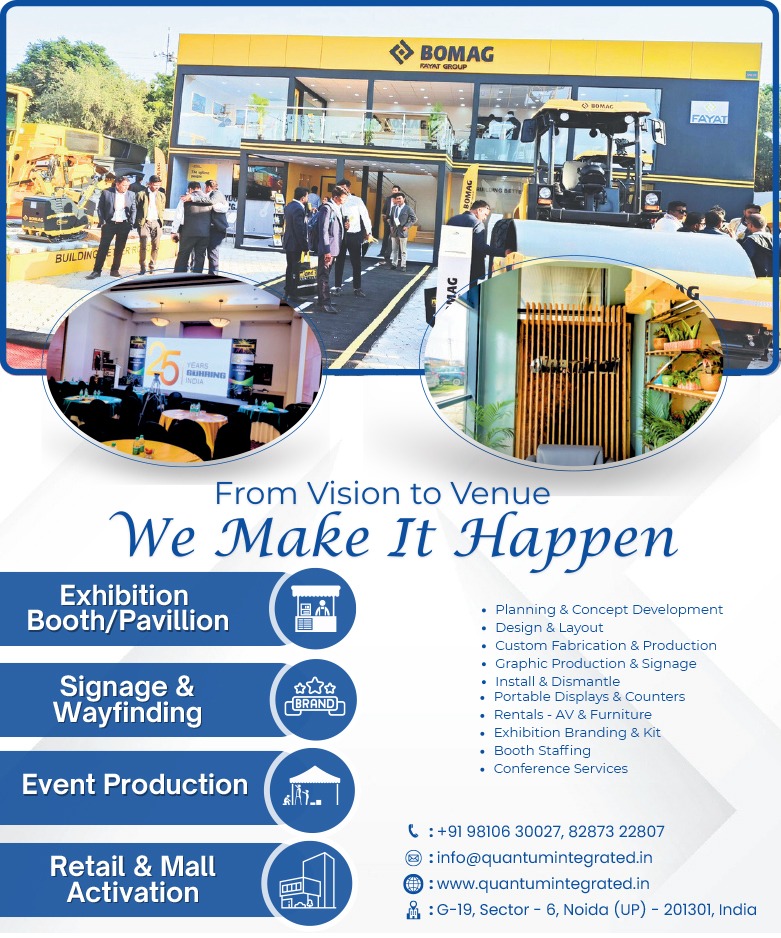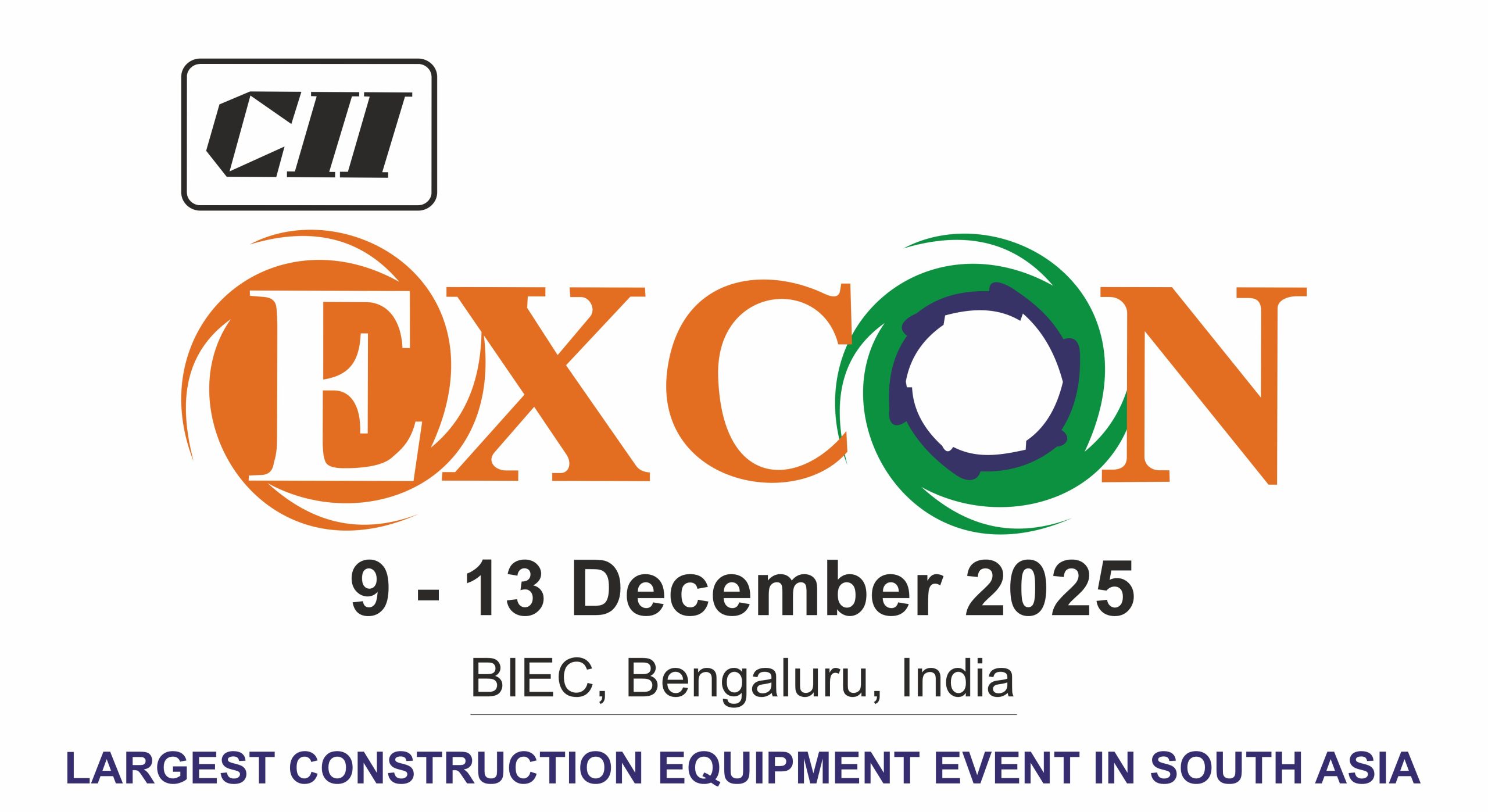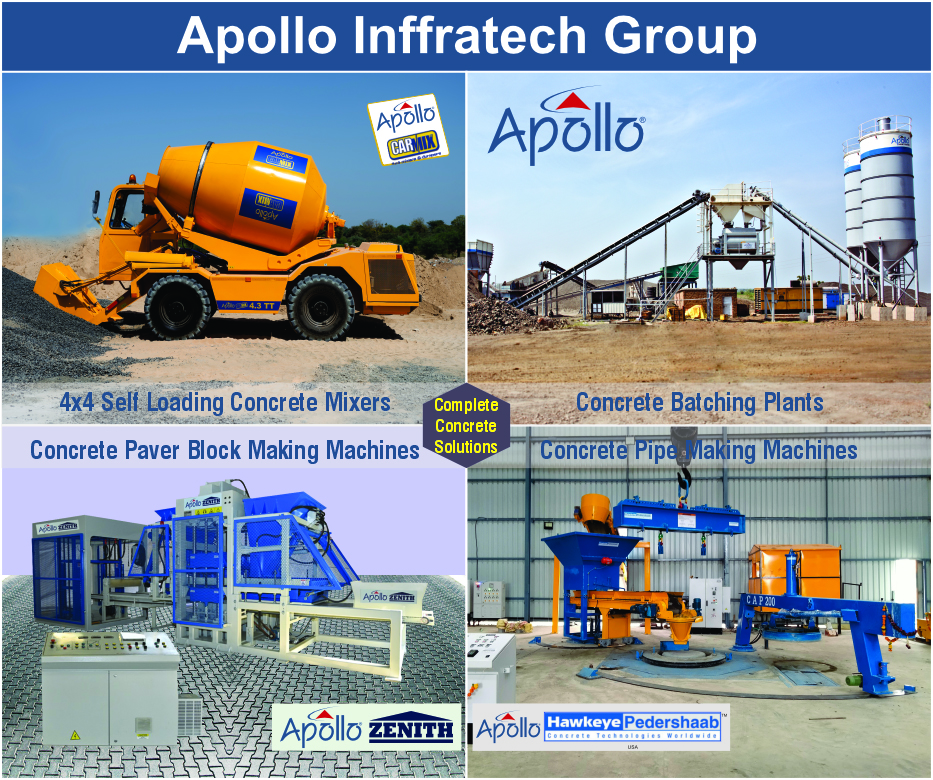India’s luxury real estate sector is undergoing a transformative shift with the advent of 3D-printed villas, marking a significant leap in construction technology. Pioneering this innovation, Godrej Properties, in collaboration with Chennai-based startup Tvasta, unveiled India’s first 3D-printed villa at Godrej Eden Estate in Hinjewadi, Pune. Spanning over 2,200 square feet, this villa was constructed in just four months using specialized concrete 3D printing technology, showcasing rapid construction capabilities and architectural precision.
The 3D printing process involves layering concrete based on digital designs, allowing for intricate and customized architectural features that are challenging to achieve with traditional methods. This technique not only accelerates construction timelines but also reduces material waste and labor costs, aligning with sustainable building practices.
Larsen & Toubro (L&T) has also ventured into this domain, constructing a series of 3D-printed luxury villas in Bengaluru, each encompassing 4,000 square feet. These projects underscore the potential of 3D printing in delivering high-end, customized homes efficiently.
While the initial costs of 3D-printed construction are higher due to the nascent stage of the technology and limited scale, experts anticipate that as adoption grows and supply chains mature, costs will decrease, making it a viable option for broader applications, including affordable housing.
The integration of 3D printing in India’s construction landscape signifies a move towards innovative, sustainable, and efficient building practices, setting a new benchmark in luxury housing and beyond.










